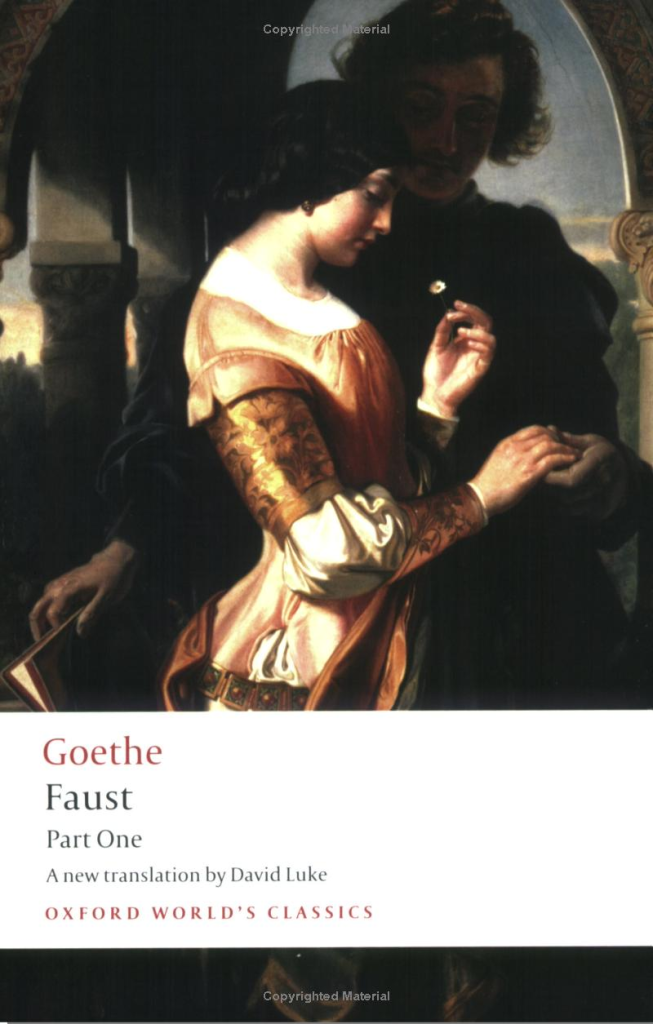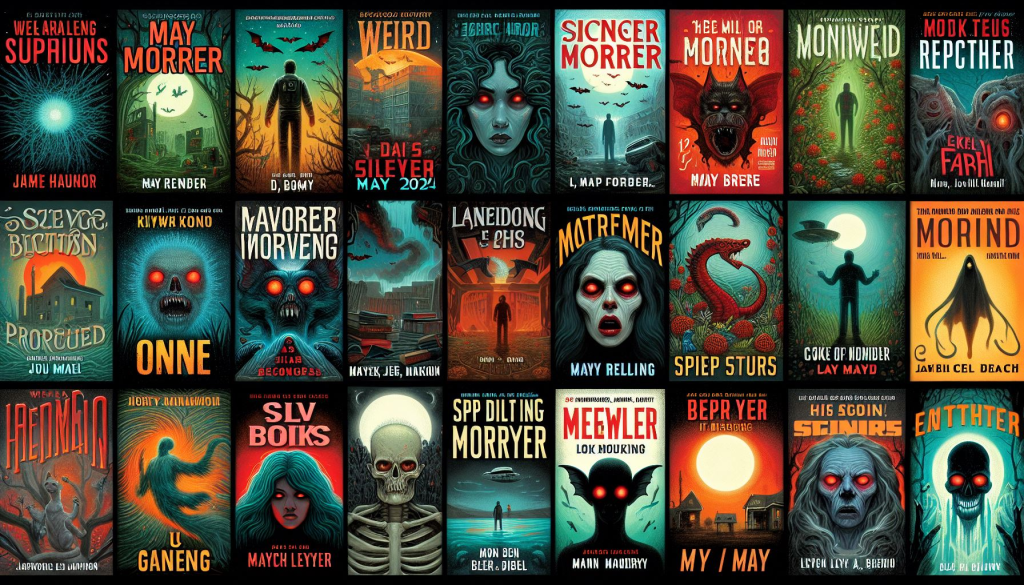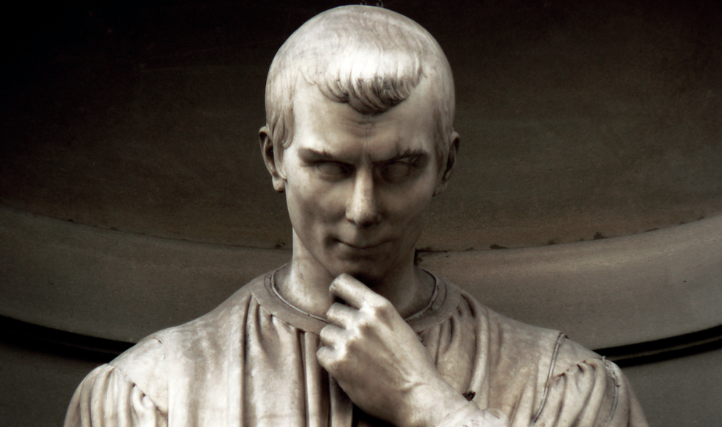I have been chasing Satan lately. Not in a worshipping kind of way, but simply researching how many stories revolve around the satanic character. No, I’m not dark. But one of my favorite short stories, The Devil in Love, carries this theme and it got me wondering, “How many others are there?”
Beelzebub, Satan, Lucifer, Mephistopheles – there are many devilish names we have come to associate with the fallen angel – the devil. While many religions tend to shy away from speaking his/her name, writers, on the other hand, have been attempting to capture the devil’s traits and personality for centuries.
From the Bible to Faust’s famous tale, to modern-day writers such as The Devil’s Advocate, the devil will always fascinate us, either chillingly or creatively. Each of the writers below presents their own masterpieces to a large body of literature adopting its own idiosyncratic stance towards the realistic representation of a diabolical entity, drawing on a combination of biblical and folkloric models.
Get to know the Devil with these books, presented chronologically.
The Inferno by Dante Alighieri in 1472:

Dante’s Inferno. An epic and searing poem, that takes the reader on an intense journey through the darkest pits of hell. As important and classic as the day it was written over 600 years ago. Dante’s Inferno is one of the best and enduring works of Western Civilization. The immortal drama of a journey through Hell. Belonging in the immortal company of Homer, Virgil, Milton, and Shakespeare, Dante Alighieri’s poetic masterpiece is a moving human drama, an unforgettable visionary journey through the infinite torment of Hell, a supreme expression of the Middle Ages, a glorification of the ways of God, and a magnificent protest at the ways in which men have thwarted the divine plan. One of the few literary works which has enjoyed a fame that was both immediate and enduring, The Inferno’s power has not been lessened or obscured after six centuries. It confronts the most universal values—good and evil, free will and predestination—while remaining intensely personal and ferociously political, for it was born out of the anguish of a man who saw human life blighted by the injustice and corruption of his times.
Doctor Faustus by Christopher Marlowe, circa 1589-1592:
One of the most durable myths in Western culture, the story of Faust tells of a learned German doctor who sells his soul to the devil in exchange for knowledge and power. Early enactments of Faust’s damnation were often the raffish fare of clowns and low comedians. But the young Elizabethan playwright Christopher Marlowe (1564–1593) recognized in the story of Faust’s temptation and fall the elements of tragedy.
In his epic treatment of the Faust legend, Marlowe retains much of the rich phantasmagoria of its origins. There are florid visions of an enraged Lucifer, dueling angels, the Seven Deadly Sins, Faustus tormenting the Pope, and his summoning of the spirit of Alexander the Great. But the playwright created equally powerful scenes that invest the work with tragic dignity, among them the doomed man’s calling upon Christ to save him and his ultimate rejection of salvation for the embrace of Helen of Troy.
With immense poetic skill, and psychological insight that foreshadowed the later work of Shakespeare and the Jacobean playwrights, Marlowe created in Dr. Faustus one of the first true tragedies in English. Vividly dramatic, rich in poetic grandeur, this classic play remains a robust and lively exemplar of the glories of Elizabethan drama.
Paradise Lost by John Milton in 1667:
In Paradise Lost Milton produced poem of epic scale, conjuring up a vast, awe-inspiring cosmos and ranging across huge tracts of space and time, populated by a memorable gallery of grotesques. And yet, in putting a charismatic Satan and naked, innocent Adam and Eve at the centre of this story, he also created an intensely human tragedy on the Fall of Man. Written when Milton was in his fifties – blind, bitterly disappointed by the Restoration and in danger of execution – Paradise Lost’s apparent ambivalence towards authority has led to intense debate about whether it manages to ‘justify the ways of God to men’, or exposes the cruelty of Christianity.
For more than seventy years, Penguin has been the leading publisher of classic literature in the English-speaking world. With more than 1,700 titles, Penguin Classics represents a global bookshelf of the best works throughout history and across genres and disciplines. Readers trust the series to provide authoritative texts enhanced by introductions and notes by distinguished scholars and contemporary authors, as well as up-to-date translations by award-winning translators.
Thank you for visiting with us. For more Literature related content, visit our blog at The Ritual.
The Devil in Love By Jacques Cazotte in 1772,

A brief but sparkling bon-bon from the French writer Jacques Cazotte, who was guillotined in 1792. A young captain, stationed in Naples, is tempted into summoning up Beelzebub, who appears first in the guise of a hideous camel, then as a cute spaniel, and lastly – and most dangerously – as a gorgeous, pouting nymphette who declares herself enamored of the young man and follows him everywhere. This is an amusing study of temptation, with sinister undertones.
Faust part 1 and 2, by Johann Wolfgang von Goethe in 1808

This new translation, in rhymed verse, of Goethe’s Faust–one of the greatest dramatic and poetic masterpieces of European literature–preserves the essence of Goethe’s meaning without resorting either to an overly literal, archaic translation or to an overly modern idiom. It remains the nearest “equivalent” rendering of the German ever achieved.
The legend of Faust grew up in the sixteenth century, a time of transition between medieval and modern culture in Germany. Johann Wolfgang von Goethe (1749-1832) adopted the story of the wandering conjuror who accepts Mephistopheles’s offer of a pact, selling his soul for the devil’s greater knowledge; over a period of 60 years he produced one of the greatest dramatic and poetic masterpieces of European literature.
Melmoth The Wanderer by Charles Robert Maturin in 1820

Created by an Irish clergyman, Melmoth is one of the most fiendish characters in literature. In a satanic bargain, Melmoth exchanges his soul for immortality. The story of his tortured wanderings through the centuries is pieced together through those who have been implored by Melmoth to take over his pact with the devil.
Influenced by the Gothic romances of the late 18th century, Maturin’s diabolic tale raised the genre to a new and macabre pitch. Its many admirers include Poe, Balzac, Oscar Wilde, and Baudelaire.
Thank you for visiting with us. For more poetry or Literature related content, visit our blog at The Ritual.
The Devil and Tom Walker by Washington Irving in 1824
Washington Irving (1783-1859) was a short-story writer, essayist, biographer, historian, and diplomat. An author of both fiction and non-fiction works, he wrote histories of places like the Alhambra in Spain, biographies, numerous short stories and tales of his travels. The short story “The Devil and Tom Walker” is about a miserly man who makes a deal with the devil. Irving’s fictional character Diedrich Knickerbocker is a Dutch-American historian and narrator of “The Conspiracy of the Cocked Hats” and the “golden age” of Wouter van Twiller, the Dutch Governor of New Amsterdam. “Old Christmas” is a volume of old English Christmas customs and traditions which influenced the development of American celebrations of the day.
The Sorrows of Satan By Marie Corelli in 1895
The setting is London, 1895, and the Devil is on the loose, in the guise of the handsome and charming Prince Lucio Rimânez. He is searching for someone morally strong enough to resist temptation, but there seems little chance he will succeed. Britain is all but totally corrupt. The aristocracy is financially and spiritually bankrupt, church leaders no longer believe in God, Victorian idealism has been banished from literature and life, and sexual morality is being undermined by the pernicious doctrines of the “New Woman”.
Lucio sets his sights on Geoffrey Tempest, a starving novelist who has just inherited a fortune, and promises to show Geoffrey how best to invest his newfound wealth. As the tragic story of Geoffrey’s meteoric rise and fall unfolds, Marie Corelli exposes the hypocrisy and immorality of modern life in this Faustian novel and best seller of its time.
The Picture of Dorian Gray by Oscar Wilde in 1890

The Picture of Dorian Gray was first published in 1890 in the July edition of Lippincott Magazine. Now, this special anniversary edition marks 50 years since the 1967 Sexual Offences Act was passed in England. 25p from every copy downloaded over the next 12 months will be donated to Stonewall, Britain’s leading LGBT charity, to help the organization further its work in securing full equality for lesbian, gay, bi, and trans people everywhere.
A damning portrayal of Victorian society, Wilde used his narrative to chastise his contemporaries for their superfluous and hypocritical values. Having also interspersed homoerotic scenes within the story, The Picture of Dorian Gray was unsurprisingly condemned for its ‘indecency’, forcing Wilde to publish a second, censored edition in 1891. Wilde defended his vision to the last, whilst simultaneously challenging assumptions about his private life and sexuality. He credited his inspiration for the text to the classic Faustian suggestion that given the chance, a man would undoubtedly sell his soul in exchange for eternal youth.
The Mysterious Stranger By Mark Twain in 1916

In one of Mark Twain’s classic tales, a small band of boys in a medieval village make friends with a very real angel whose name is Satan. He assures the boys that he’s not Satan, but his nephew. He looks like a boy of their own age, but his magical powers and unusual perspectives on morals and mankind leave the boys amazed and bewildered.
Mark Twain never finished this story to his own satisfaction, after several attempts. In 1916, his biographer and friend Albert Bigelow Paine, with fellow author Frederick Duneka, added an evil astrologer and devised an ending, and published the version which is here presented. Considered by Mark Twain scholars to be a fraud due to the additions and changes, it is nevertheless a moving and satisfying story.
Leah Sublime, a poem by Aleister Crowley in 1920
Leah Sublime, Goddess above me! Snake of the slime Alostrael, love me! Our master, the devil Prospers the revel. Tread with your foot My heart til it hurt! Tread on it, put The smear of your dirt On my love, on my shame Read the rest here.
The Screwtape Letters by C.S. Lewis in 1942

A masterpiece of satire, this classic has entertained and enlightened readers the world over with its sly and ironic portrayal of human life from the vantage point of Screwtape, a highly placed assistant to “Our Father Below”. At once wildly comic, deadly serious, and strikingly original, C. S. Lewis gives us the correspondence of the worldly-wise old devil to his nephew Wormwood, a novice demon in charge of securing the damnation of an ordinary young man. The Screwtape Letters is the most engaging and humorous account of temptation – and triumph over it – ever written.
Thank you for visiting with us. For more poetry or Literature related content, visit our blog at The Ritual.






Leave a Reply